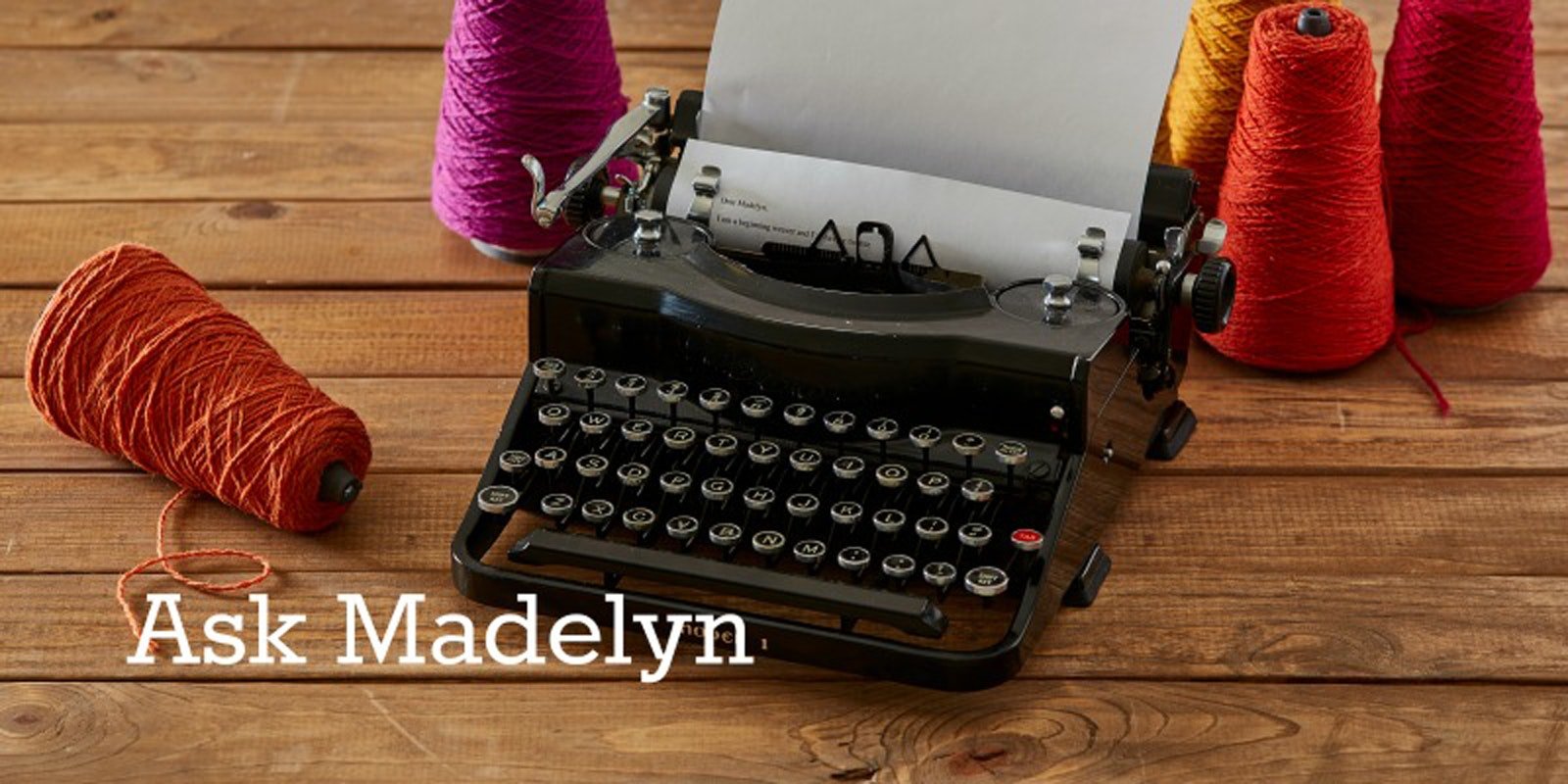I’m trying to understand the rules regarding tabby and floating selvedges in Donna Lee Sullivan’s Weaving Overshot: Redesigning the Tradition (Loveland, Colorado: Interweave, 1996). On page 16 she writes, “The tabby weft should enter over the floating selvedge when the adjacent warp is up and under the floating selvedge when the adjacent warp is down to maintain an over-one, under-one sequence at the selvedge.”
I’m confused by this. What is meant by the adjacent warp being up or down? Beth
Hi Beth!
The usual practice with floating selvedges is for the shuttle to enter the shed over the floating selvedge and exit under it. The main reason for this is that on jack looms, shafts are not weighted to be as far down out of center as they are raised out of center. The floating selvedge (which is not threaded through a heddle) therefore rests lower than the centerpoint of the open shed. This makes it easy to place the shuttle over it to enter the shed. On the exit side, you can easily pick up the floating selvedge with your catching hand.
In some cases, depending on the threading draft you are using, the last warp thread on the edge will be down as you enter the shuttle over the floating selvedge (see Photo a); this is the “adjacent: warp thread. The floating selvedge will therefore weave with that warp thread—they will act as a doubled thread (see Photo b). This might be unsightly in some fabrics (an open plain weave, for example), in which case you would need to choose a different method of entering and exiting the shed (this could be under/over instead of over/under, or it could even be over/over/under/under).
In the case of overshot, however, it is usually very difficult to distinguish that doubling of the edge threads, so I’d use whatever method you prefer in dealing with floating selvedges. My favorite has always been over/under.
Madelyn
If you have a weaving question please email Madelyn! View related & recent "Ask Madelyn" posts!

